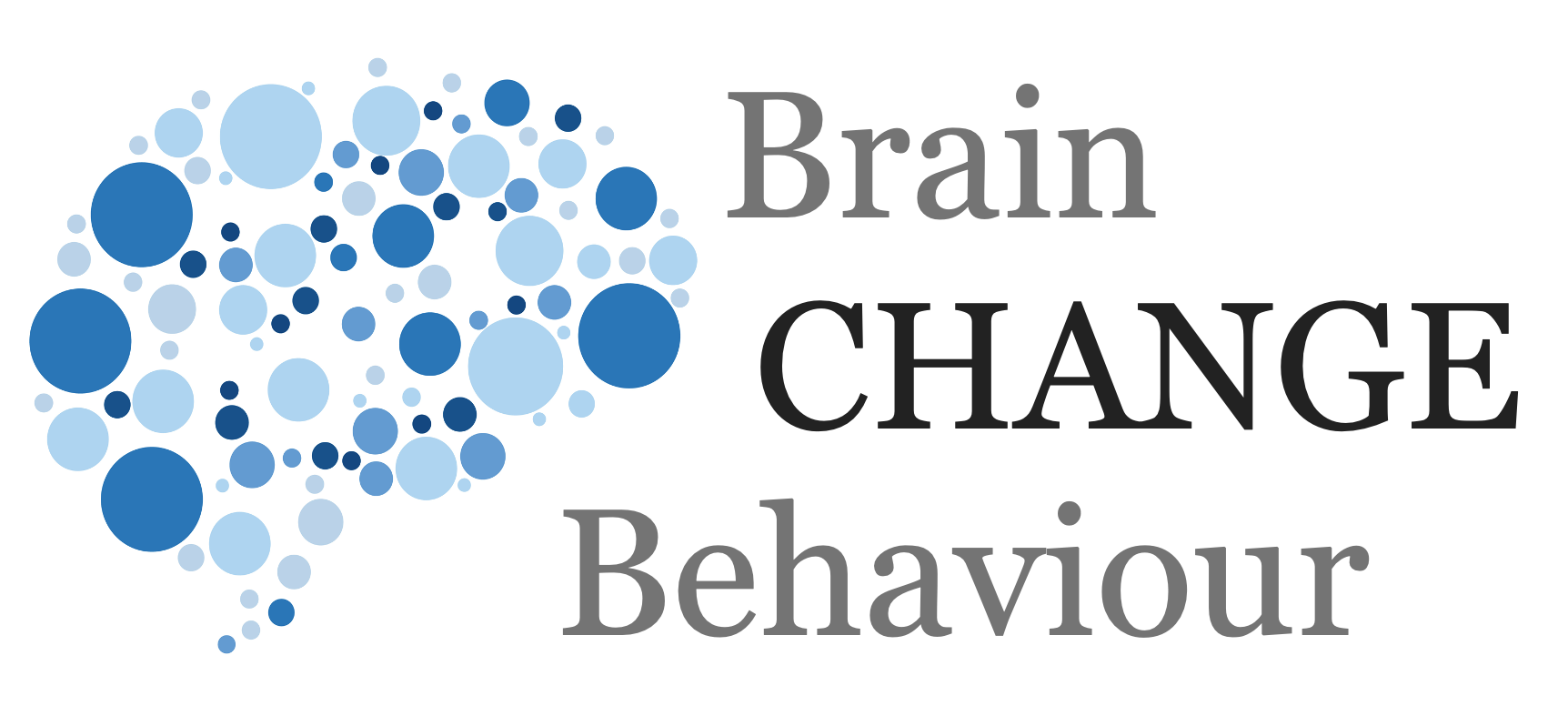Quick Hits
Brief research updates from the cognitive sciences

So what do you mean by “nudges”?
Richard Thaler is considered is one of the founding fathers of nudge theory in the behavioural sciences proposing nudges as the best method to modify people’s behaviour. Made popular by his book Nudge in 2008.
Nudges are environmental cues that help to modify people’s behaviour without limiting choice. For example if a healthy choice is listed as the number one meal in a canteen, more people choose the healthy option.
And this does work?
Well, there has been lots of evidence to prove that various nudges do work but as always in science, scientists want to be really sure and make sure this is not just a statistical glitch or biased research. So a group of researchers around Stephanie Mertens at Geneva University analysed a whopping 450 strategies to see what the overall effect was across all these studies.
And the results?
As the title of this Quick Hit suggests nudging is effective but it seems more effective in certain areas — most effective when it comes to healthy eating. The effect was also seen in many other areas but wasn’t as strong and depends on the strategy (e.g. information, changing choice, or changing environment).
Why do these work?
One thing they talk about is “choice architecture” — because nudging does not limit choice, we do not feel coerced which in turn can create a negative impact and backfire.
Nudges also tap into our natural biases and instincts, but in the case of nudges to the benefit of the recipient and society at large through, for example, better health, better quality of life, and lower healthcare costs.
So, use nudging to change people’s behaviour…
Yup, but remember some areas and strategies are better than others!
And will this work with my children?
Yes, of course…
© leading brains 2022
Reference
Stephanie Mertens, Mario Herberz, Ulf J. J. Hahnel, Tobias Brosch.
The effectiveness of nudging: A meta-analysis of choice architecture interventions across behavioral domains.
Proceedings of the National Academy of Sciences, 2022; 119 (1): e2107346118
DOI: 10.1073/pnas.2107346118
More Blog Posts
Brain Region for Changing Behaviour Identified
The saying goes “Insanity is doing the same thing over and over again and expecting different results.” This obviously refers to doing the same thing over and over and continually getting a bad result
From Couch to Ultra Marathon with Mental Imagery
On first glance I thought the above headline was fascinating. I am a sports person, look into the neuroscience of motivation, and have been in the “motivational” space for nigh on two decades.
Limits to Scalability – Voltage Drops
Voltage Drop is a useful term and analogy to the problems of scaling ideas or change in any environment. Voltage drop refers to how electrical current can decrease across distance it travels.
The Equilibrium Effect
Things in life tend towards certain balances. This is particularly true in large systems and this is why change can happen in small contexts and be very effective or successful but in large systems different rules apply.
The supply side of scaling
There are a number of problems with the supply side – being able to supply the resources and competencies to drive change.
Unintended consequences and negative spillovers
We all know that any change – well, obviously, changes something. But this also means there will be various knock-on effects
Representativeness of the Situation
“You had to be there” is an expression that says you had to be in a particular situation, in that particular vibe, to fully understand a situation.
Representativeness of the Population
When we get a good idea, we may know it is a good thing. And because we know it is a good thing we may then falsely assume – without really thinking this through – that everybody thinks this is a good thing.
False Positives – The inference problem
A false positive has become better-known to the general public during the pandemic and with COVID-19 testing particularly with home based quick tests.









